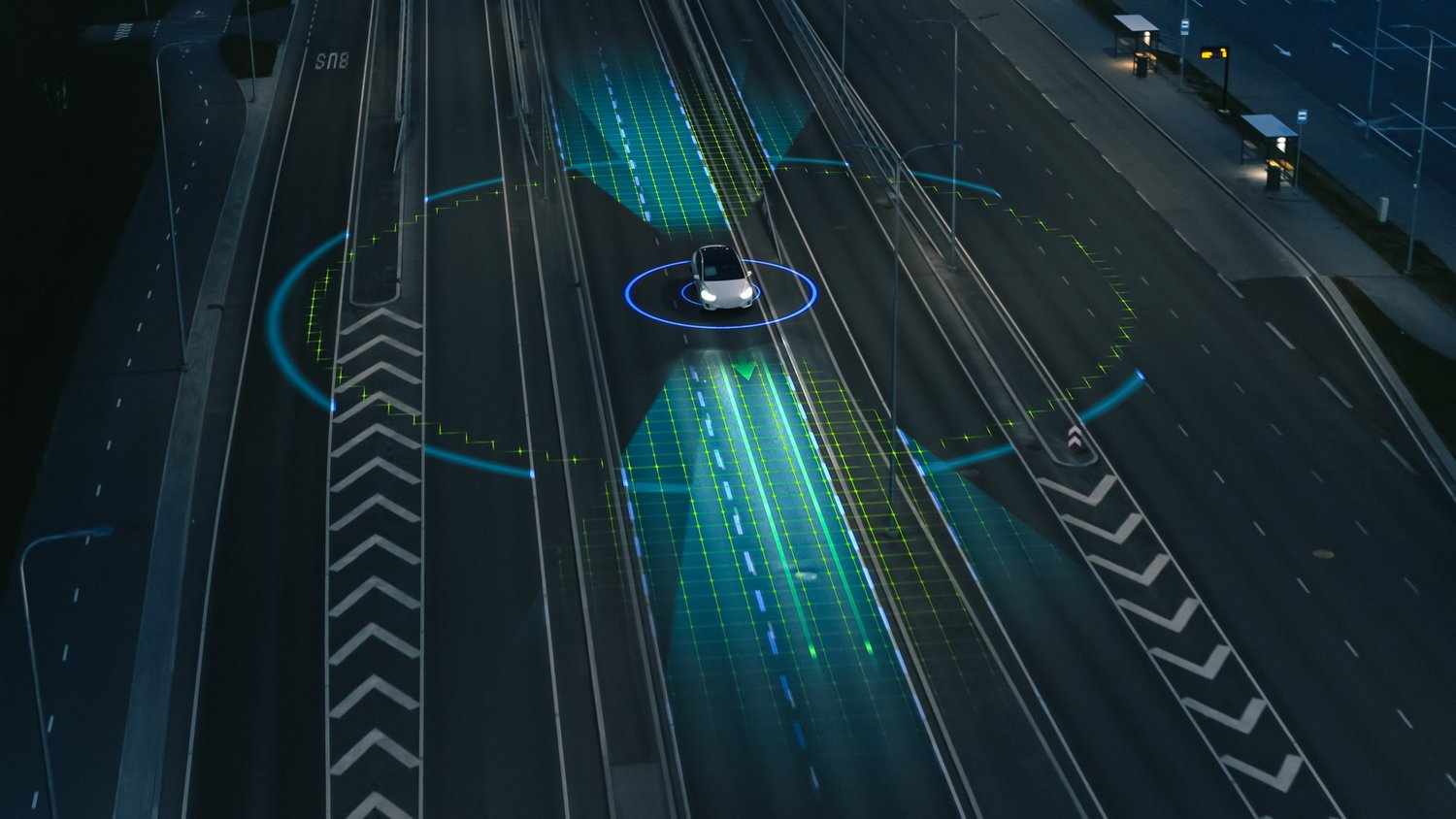Replacing a windshield may seem like a straightforward fix, but modern vehicles equipped with advanced driver assistance systems (ADAS) demand more than just glass replacement. These high-tech safety features rely on precisely calibrated cameras and sensors that are typically mounted to the windshield. Failing to properly calibrate camera after windshield replacement can compromise the entire safety system, potentially endangering both drivers and pedestrians. Understanding the importance of timely and accurate calibration is crucial for maintaining the integrity of your vehicle's safety mechanisms.
Understanding ADAS and Windshield-Mounted Cameras
Advanced Driver Assistance Systems are designed to enhance vehicle safety through automated features such as lane departure warning, adaptive cruise control, forward collision warning, automatic emergency braking, and traffic sign recognition. These functions are guided by a network of sensors and cameras, many of which are strategically placed behind the windshield.
When a windshield is replaced, even the slightest change in camera angle or position can throw off the accuracy of these systems. For example, a misaligned forward-facing camera may interpret lane markings incorrectly or fail to detect obstacles. That is why recalibration is not optional—it is an essential safety measure.
Types of Camera Calibration
There are two primary methods for recalibrating the cameras used in ADAS technology:
Static Calibration
This process involves using specialized calibration equipment and targets while the vehicle remains stationary. The technician positions calibration targets at specific distances and angles around the vehicle. Using diagnostic tools, they align the camera to the vehicle's centerline and ensure it is functioning precisely as designed by the manufacturer.
Dynamic Calibration
Dynamic calibration requires the vehicle to be driven under specific conditions and at certain speeds while a diagnostic tool actively calibrates the system in real-time. This method relies on GPS data and sensor feedback from actual road conditions, making it suitable for vehicles with different calibration requirements.
Some vehicles require a combination of both static and dynamic calibration. This is where the expertise of certified diagnostic professionals becomes essential.
Why Calibration Is Necessary After Windshield Replacement
Windshield glass is not just a protective barrier—it serves as a mounting structure for cameras and sensors. Any disturbance in the position of these cameras can disrupt their alignment and cause the ADAS system to malfunction. Here are some key reasons why calibration is crucial:
Safety Assurance
Your ADAS features are only as accurate as the data they receive. A misaligned camera may lead to incorrect warnings or failure to detect real threats.Legal and Insurance Compliance
Many insurance companies and manufacturers require proof of ADAS calibration after windshield replacement to validate warranties or coverage. Skipping this step could result in denied claims or legal liability in the event of an accident.Manufacturer Specifications
Vehicle manufacturers have strict guidelines for camera calibration following windshield replacement. Not adhering to these specifications can void warranties and compromise system performance.Accurate Sensor Functionality
Features such as parking assist and pedestrian detection require pinpoint sensor precision. Even a minor deviation can make these systems unreliable.Peace of Mind
Knowing that your vehicle’s safety systems are performing as intended offers peace of mind for you and your passengers.
Signs Your ADAS Camera Needs Recalibration
After windshield replacement, your vehicle may give signs indicating that a camera recalibration is necessary. Look out for the following:
Dashboard warning lights or ADAS-related error messages
Malfunctioning lane keep assist or adaptive cruise control
Inaccurate alerts from the collision warning system
Misalignment in the rearview camera or 360-degree camera display
Steering wheel vibration when systems engage unexpectedly
If any of these signs appear, you should seek immediate diagnostic assistance.
The Calibration Process at a Professional Diagnostic Center
Proper calibration is not a do-it-yourself task. It requires high-level expertise, precise equipment, and an understanding of manufacturer-specific procedures. At a professional center, here is what the process typically looks like:
Initial Diagnostics
The technician conducts a complete diagnostic scan to identify any existing faults in the ADAS system.System Preparation
The vehicle is prepared in a controlled environment with proper lighting, level flooring, and enough space to place calibration targets.Calibration Execution
Using OEM-approved diagnostic tools, the technician performs either static, dynamic, or both types of calibration depending on the vehicle’s requirements.Verification
A post-calibration scan ensures all systems are functioning within acceptable parameters. The results are documented for quality assurance and insurance compliance.Customer Education
Technicians may offer insight into how your vehicle’s ADAS features work and when to return for re-inspection.
How Often Should Camera Calibration Be Performed
While calibration is critical after windshield replacement, other situations may also require it, including:
After collision repairs
Suspension or steering adjustments
Tire size changes
Software updates related to the ADAS system
Any modification that affects camera position
As vehicles become increasingly tech-driven, periodic recalibration will become a standard part of maintenance routines.
The Risks of Ignoring Recalibration
Ignoring camera recalibration can result in catastrophic outcomes. You may experience a delayed response from the forward collision system or fail to detect an approaching vehicle in your blind spot. These scenarios not only put lives at risk but can also lead to legal consequences if it is determined that a safety system failed due to neglect.
Furthermore, non-calibrated systems may cause your vehicle to fail inspection in some states. If your ADAS is not functioning correctly, it could be deemed unroadworthy.
Choosing the Right Calibration Specialist
When it comes to recalibrating your ADAS camera systems, not all service providers are created equal. Choose a diagnostic center that offers:
Certified and trained technicians
OEM-compatible calibration tools
Experience with multiple vehicle makes and models
Transparent pricing and detailed documentation
A focus on customer safety and satisfaction
One such trusted provider in the United States is Abel Diagnostic Centers. Known for their advanced tools and certified professionals, they ensure your vehicle’s ADAS systems are precisely calibrated according to manufacturer standards. Their expertise guarantees peace of mind and the continued safe operation of your vehicle.
Conclusion
Windshield replacement may restore visibility, but without accurate camera calibration, your ADAS features can become unreliable or even dangerous. Calibrate camera after windshield replacement to ensure that every safety feature functions as designed. It’s not just about technology—it’s about protecting lives on the road.
For professional and accurate ADAS calibration, rely on Abel Diagnostic Centers, where safety and precision meet industry-leading expertise.



Write a comment ...